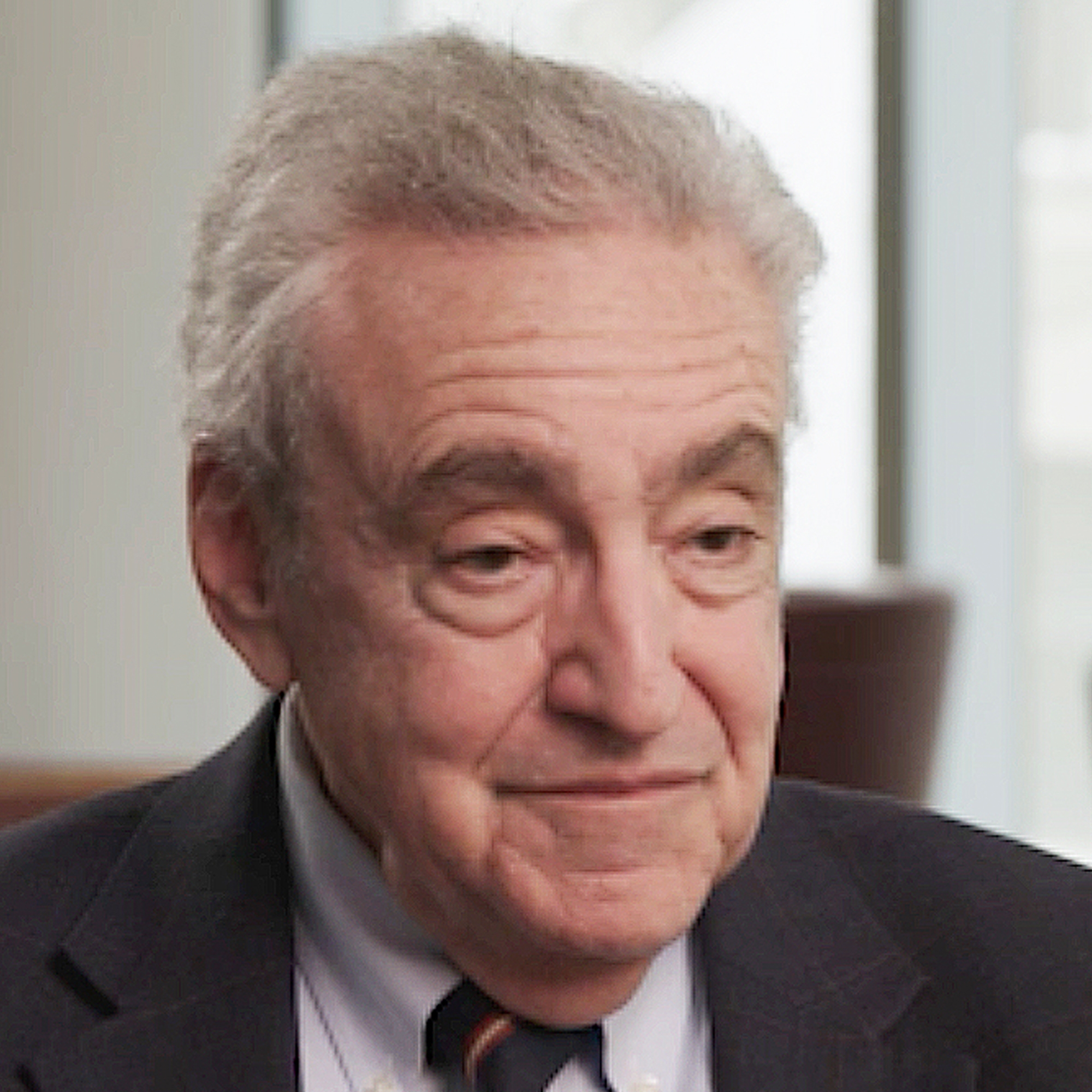<p>Clinical Professor Barry Hersh designed and coordinates the <a href="/content/sps-nyu/explore/degrees-and-programs/ms-in-real-estate-development.html" title="MS in Real Estate Development">MS in Real Estate Development</a> program at the NYU SPS Schack Institute of Real Estate. He teaches Land Use and Environmental Regulation, Sustainable Development, and the development capstone. In June 2022, he was selected to serve on the EPA’s Environmental Financial Advisory Board.</p>
<p>Initially a city planner, Hersh became a successful real estate redeveloper focusing on environmentally challenged properties, waterfronts, affordable housing, and adaptive reuse of historic buildings. Hersh is a former distinguished fellow at the Commercial Real Estate Development Association, an active member of the Urban Land Institute, vice chair of the City of Stamford Historic Preservation Commission, and an advisory board member at both the Center for Land Recycling and the Waterfront Alliance.</p>
Catalysts and Advocates
<p><span class="p-body">He is the author of numerous articles, including recent studies of the New York State Brownfield Program and the Rheingold Brewery redevelopment in Brooklyn, as well as the book Urban Redevelopment, published in 2017. He has also published a book chapter entitled <a href="https://www.taylorfrancis.com/chapters/edit/10.1201/9781003204565-23/leading-way-barry-hersh?context=ubx&refId=374c082f-b78b-4349-9dd2-8a63d2ef0aa3" title="Leading the Way" target="_blank">Leading the Way; the Role of Non-Profits in Waterfront Redevelopment</a> for the just-published Handbook of Waterfront Cities and Urbanism, in which he discusses how local, regional, and global nonprofits have shaped waterfront developments in both the United States and the wider world.<br>
<br>
The aforementioned chapter focuses on the role of nonprofit organizations as catalysts and advocates for improved waterfront projects in terms of public access, resilience, sustainability, and overall design quality.</span></p>
<p><span class="p-body">"Here in New York, for example, I talk about the Domino Sugar Redevelopment by Two Trees, which includes new buildings, affordable and market-rate housing, historic restoration, and a new park," outlined Hersh. "The many projects of <a href="https://riveraction.org/" title="River Action" target="_blank">River Action</a> in Iowa are also included, ranging from bridge lighting to new parks with access to the Mississippi riverfront."<br>
<br>
"Global climate change poses an enormous issue for waterfront cities; the risk of sea level rise and storms requires that waterfronts be increasingly resilient," he shared.</span></p>
Resiliency Leads to Excitement
<p>When it comes to emerging trends, Hersh believes resiliency must be front and center. According to Hersh, more cities are managing growth on waterfronts to be far more resilient while allowing residents to enjoy their waterfront.</p>
<p>"In some cases, frequently flooded areas have been returned to nature, while areas that can be protected are being redeveloped with improved resilience," he explained. "Design features, such as softer, more naturally resilient water edge treatments, are being utilized extensively. Public input is being sought on how to best provide waterfront amenities."</p>
<p>And New York City is also at the nexus of its own exciting waterfront changes. For example, adjoining Domino Sugar is the extensive multiphase Brooklyn Bridge Park, which includes the adaptive reuse of former piers, extensive new recreation opportunities on the East River, and additional housing. </p>
<p>"There are several projects along the Bronx River, including those led by the nonprofit Bronx River Alliance, which is focusing its efforts on an overall cleanup and the redevelopment of a new park on a former industrial site," he continued.</p>
The Next Chapter in Hersh's Book
<p>What's next for Hersh? He will continue to work on the redevelopment of brownfields—i.e., formerly contaminated properties—which have received a big boost from recent federal legislation. "Many brownfields are also waterfronts and are complicated projects," he concluded. "I am also active in the adaptive reuse of older buildings, often featuring historic renovation."</p>
<p>An <a href="/content/sps-nyu/explore/degrees-and-programs/ms-in-real-estate-development.html" title="MS in Real Estate Development">MS in Real Estate Development</a> can open doors that you may have never imagined were possible. See where you can start the next chapter of your career with a degree from the <a href="/content/sps-nyu/about/academic-divisions-and-departments/schack-institute-of-real-estate.html" title="Schack Institute of Real Estate">Schack Institute of Real Estate</a> at NYU SPS.</p>



